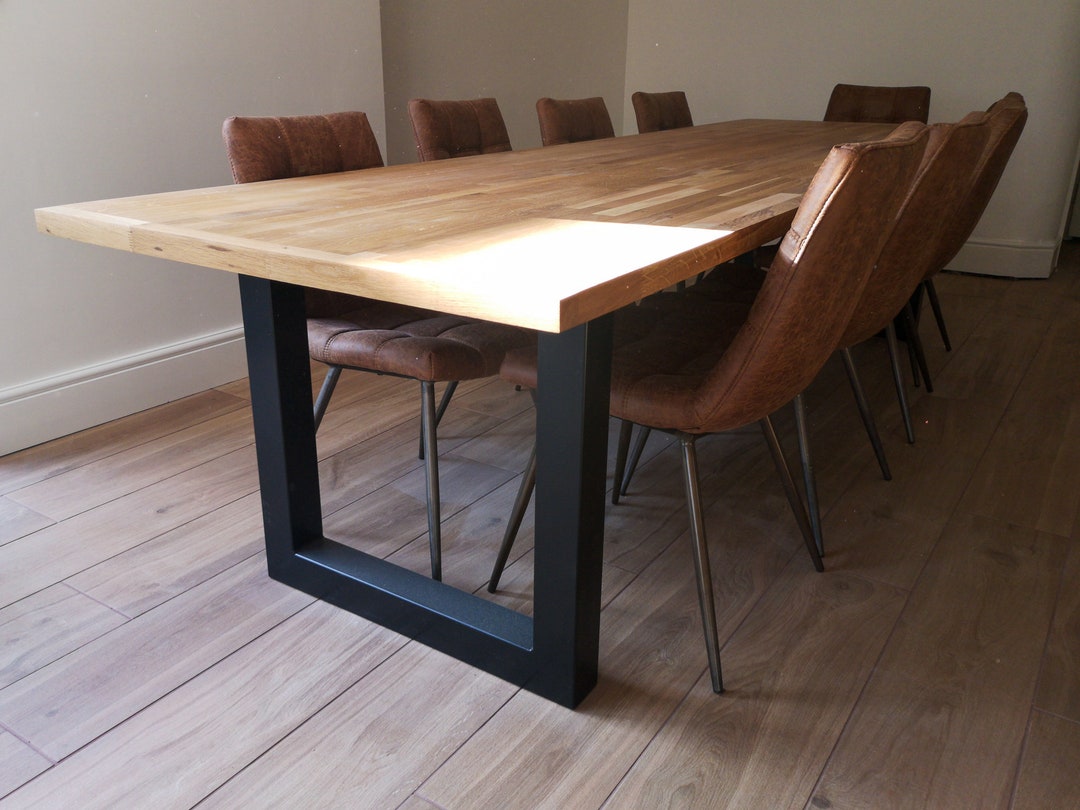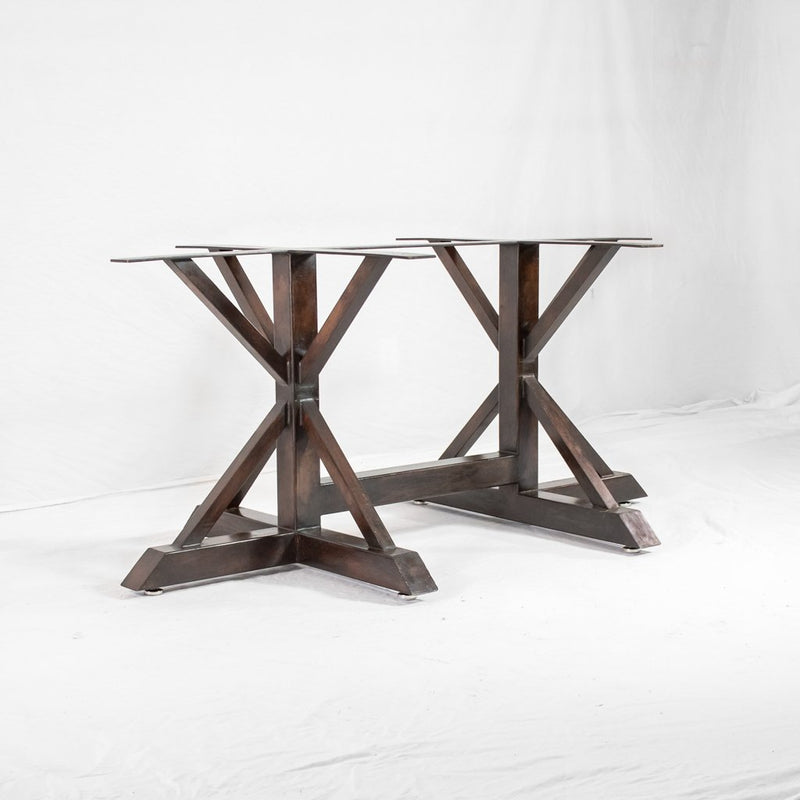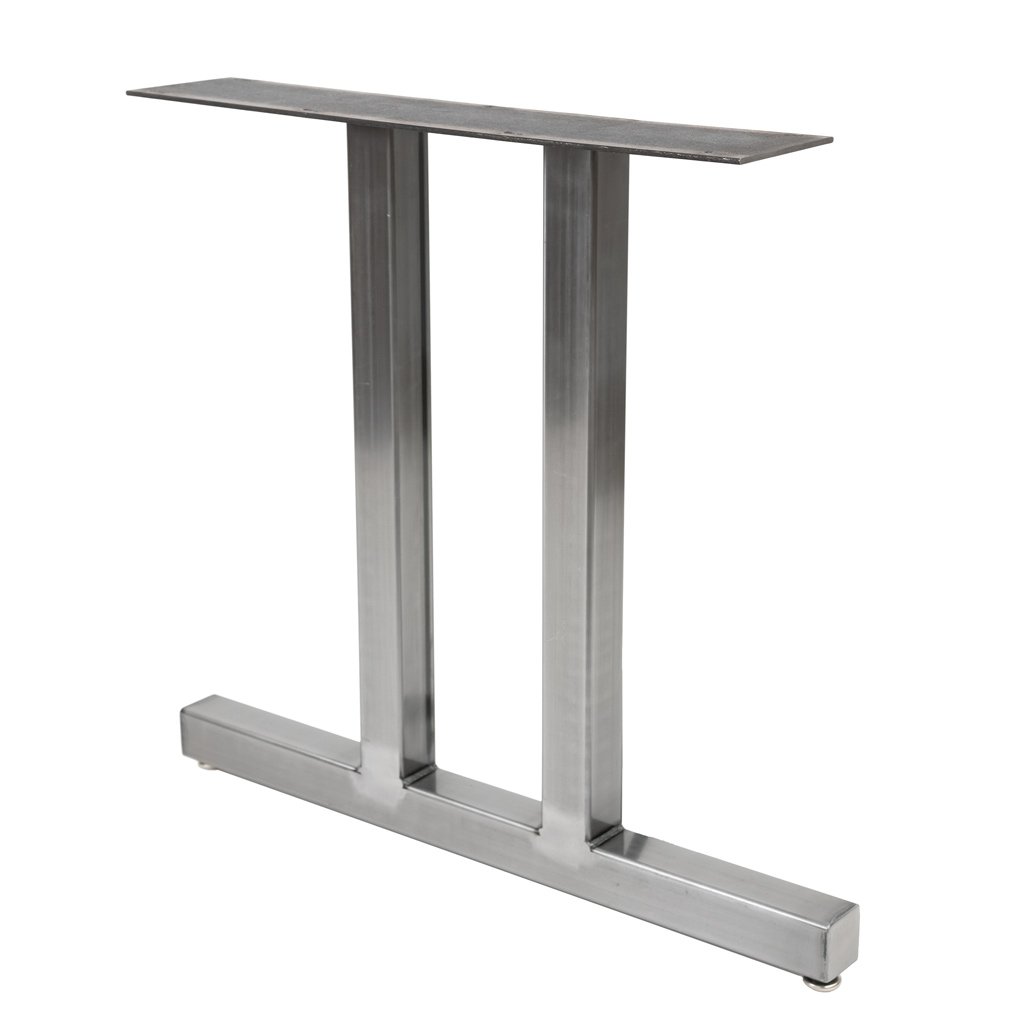The Impact of Dining Room Table Legs on Your Table's Overall Design
The Impact of Dining Room Table Legs on Your Table's Overall Design
Blog Article
Specialist Tips for Putting Up Dining Room Table Legs for Maximum Stability
When it comes to setting up eating area table legs, attaining optimum security is paramount for both capability and appearances. What certain methods can boost stability even additionally?
Pick the Right Legs
When picking the appropriate legs for your dining-room table, it is necessary to think about both capability and visual appeals. The legs you select will substantially influence the general style and stability of the table. Review the table's planned use; if you anticipate regular events, stronger legs, such as those made from strong timber or metal, may be extra ideal, as they offer enhanced longevity and support.
Standard dining tables usually range from 28 to 30 inches in elevation, so make certain the legs straighten with this standard for comfort. Tapered legs can add a contemporary touch, while turned legs might convey a more traditional aesthetic.

Select Appropriate Equipment
Just how can the right equipment boost the stability and durability of your eating room table? The choice of ideal hardware is essential to making sure that the legs of your table are securely connected and able to hold up against regular use. Premium screws, screws, and brackets supply the essential toughness to sustain the weight of the table, as well as any type of added lots placed upon it during gatherings or meals.
When picking screws, choose those made from sturdy products such as stainless-steel or brass, which resist rust and keep stability in time. The size of the screws is equally essential; they ought to penetrate deeply into the table's structure without compromising integrity. For bolted connections, take into consideration using lock washers to stop loosening as a result of vibration or movement.
In addition, making use of corner brackets can add added assistance, particularly for larger tables or those with much heavier tops. These brackets disperse weight evenly and assist preserve the table's shape. Ensuring that the hardware you select is suitable for the details materials of your table will certainly additionally improve its overall security and long life, permitting you to appreciate your dining experience for years to find.
Ensure Proper Placement
Appropriate placement of dining-room table legs is essential for both visual allure and functional stability. Misaligned legs can lead to an irregular tabletop, which might not only be aesthetically unattractive yet likewise jeopardize the table's usability. To attain optimal placement, start by gauging the distance from the table's corners to the leg add-on points. This ensures that each leg is located equidistant from the edges, creating a balanced appearance.
Use a level during setup to confirm that each leg is vertical to the table top. It is suggested to mark the wanted leg settings on the bottom of the table with a pencil article or covering up tape prior to protecting them.
In addition, ascertain the alignment after the first screws are tightened up, as modifications might be necessary prior to totally safeguarding the hardware. By focusing on correct placement, you not just improve the table's overall design but also make sure that it stays secure and functional for several years to find.

Take Into Consideration Weight Distribution
After making sure appropriate alignment of the dining room table legs, it is very important to consider weight distribution to boost security and performance. dining room table legs. Appropriate weight distribution is important in stopping making certain and tottering that the table can sustain its designated load without risk of tipping or falling down
When placing the legs, ensure they are put at equivalent distances from the facility of the table to evenly disperse the weight across the framework. Consider the weight of the tabletop and any things that will often hinge on it, such as attractive items or tabletop appliances. Tables with larger surface areas need to preferably have legs positioned closer to the corners, as this maximizes the base of assistance and lessens the threat of instability.
In addition, if the table is intended for usage in a high-traffic area, think about using larger materials for the legs or adding stabilizing aspects, such as cross-bracing or a reduced shelf - dining room table legs. These modifications can help preserve equilibrium and avoid moving throughout use. Inevitably, a well-considered weight circulation strategy will significantly improve the table's general performance, ensuring it continues to be a attractive and practical centerpiece for your eating room
Test Stability Prior To Use
Testing the stability of the dining-room table before usage is a vital step that must not be ignored. Ensuring that the table is protected and stable can protect against crashes and prolong the lifespan of the furnishings. Begin by applying mild pressure to various factors on the table surface area. Lower on the facility and after that along the sides, moving or observing any wobbling. If the table reveals instability, identify the legs or joints that may need adjustment.
Next, examine that all screws and fasteners are tightened properly. Loosened links can bring about instability and possible damages over time. If necessary, utilize wood adhesive on joints to boost security, guaranteeing to permit appropriate drying out time.

Conclusion
In verdict, the installation of dining-room table legs needs careful factor to consider of products, hardware, weight, and positioning circulation to achieve optimum stability. By picking top quality bolts and tough legs, guaranteeing precise placement, and distributing weight evenly, the structural honesty of the table can be official website considerably improved. Carrying out a security examination prior to regular usage even more ensures that the table will hold up against everyday pressures, consequently supplying a risk-free and trusted eating experience.
When it comes to installing eating area table legs, achieving maximum security is extremely important for both functionality and appearances. The legs you pick will significantly impact the overall design and security of the table (dining room table legs). Typical eating tables generally range from 28 to 30 inches in height, so make sure the legs line up with this criterion for convenience.Appropriate positioning of dining area table legs is vital for both visual charm and useful security.In final thought, the setup of eating room table legs calls for mindful consideration of products, weight, equipment, and alignment circulation to achieve optimum security
Report this page